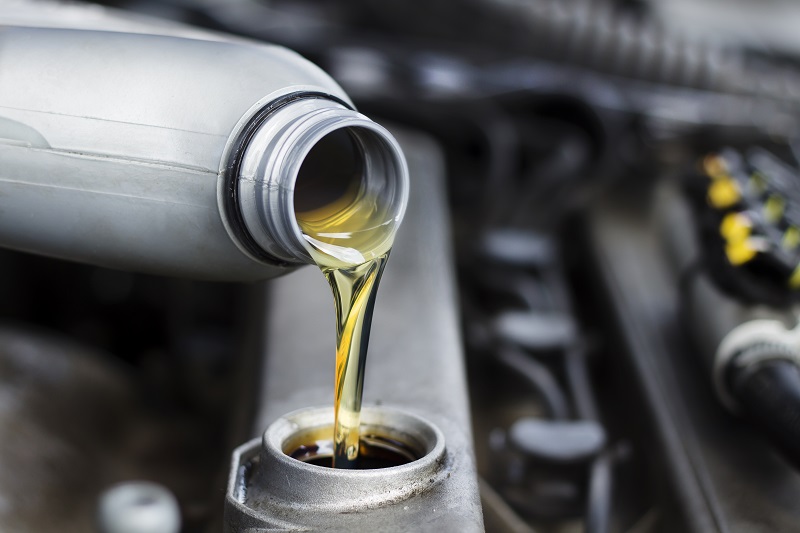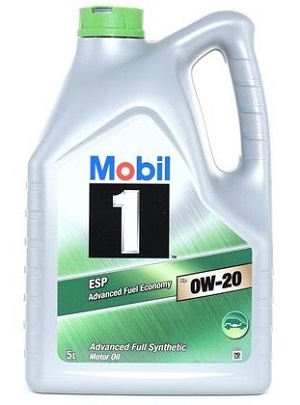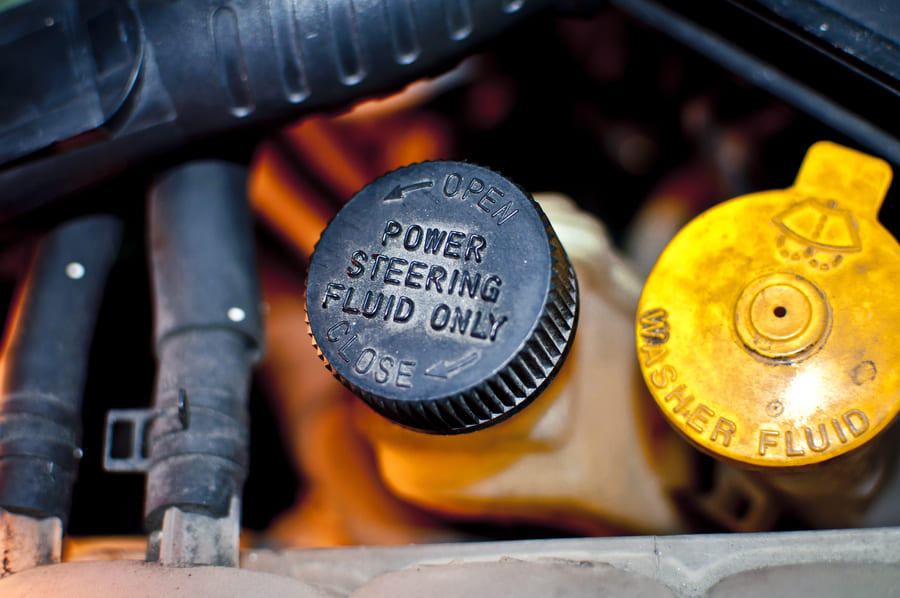
Nowadays, there is a great variety of engine oils on the automotive market. They differ in their composition, price, viscosity, quality and durability. At present, synthetic lubricants are in special demand. We’ll tell you what they are and what advantages they have compared to conventional oils. We’ll also help you to choose the most suitable lubricant for your car.
What is synthetic engine oil?
Synthetic oils differ from the mineral ones by a deeper refinement as well as by the list of additives. Different synthetic lubricants can also have different compositions and characteristics. They can use mineral oils refined by hydrocracking, as well as derivatives of glycols, ethers and esters, polyalphaolefins, and other chemicals, as base oils. Sometimes, different groups of base stocks are mixed. Such products usually belong to synthetic blends and are sometimes described as semi-synthetic lubricants.
What are the advantages of synthetic engine oil?
- Better lubricating properties. Molecules of the additives such products contain are more durable thus preventing the oil film from destruction under high loads. It means that engine parts will be safely protected even at extremely high temperatures.
- Resistance to oxidation. At a high temperature, the additives preserve their properties longer and this affects the longevity of the product as a whole. Besides, such lubricants are more resistant to burning off, that’s why you’ll have to top up less frequently.
- Fuel economy. Due to the homogeneous molecular structure of the product, the friction coefficient between contacting engine parts becomes significantly smaller. Due to this, the power unit efficiency grows, as the engine wastes less energy to overcome friction.

- Excellent fluidity at low temperatures. Synthetic lubricants preserve a quite low viscosity index at low temperatures and can be pumped. Thanks to that, the lubricant will be transferred to your engine within the first few seconds after its start even when it’s freezing cold outside. This reduces wear and tear of the power unit dramatically, as most of the engine damage appears within the first minutes of its work.
- Minimum carbon deposit formation. As products with synthetic components use deeply refined substances as base oils, they have almost no impurities. Thanks to that, there are no deposits formed on the engine parts.
How often do synthetic oils have to be changed?
In some cars, you have to do it every 5000 km. An oil change interval of 25000 km will be enough for others. This interval depends on vehicle design and year of production, conditions under which the car is used, as well as on the composition of the product. That’s why it’s best to follow the vehicle and car chemical manufacturers’ recommendations when deciding on changing the motor oil. As a rule, old and turbocharged vehicles, as well as those used under high loads, require more frequent oil changes.

What oil viscosity is better?
The required lubricant viscosity is determined by the engine design and is always specified in the vehicle owner’s manual. It’s forbidden to use products of different viscosity, as the thickness of the oil film, its durability as well as product fluidity at certain temperatures are thoroughly estimated while designing the power unit. Nevertheless, automakers, as a rule, allow you to choose from several options of viscosity. So, what should you choose for your car? And what are the differences between 5w20 and 5w30 oils?
The motor oil viscosity is specified according to the SAE (Society of Automotive Engineers) standards. The first digit in the code defines the product properties at low temperatures, the second – at high ones. The letter “W” means the product is intended for winter usage.
Low-temperature properties indicate the minimum temperature at which the oil remains fluid enough for the starter to rotate the engine and for the oil pump – to transfer the lubricant through the system quickly. Correspondingly, 0W grade oils have optimal characteristics for engine operation at -35 °C, 5W – at -30 °C, 10W – at -25 °C, 15W – at -20 °C, 20W – at -15 °C, 25W – at -10 °C.
When estimating high-temperature properties, the ambient temperature doesn’t matter, as the engine parts heat up significantly even in cold weather. That’s why the kinematic and dynamic viscosities measured at 100 °C and 150 °C correspondingly were taken into account to define the oil grade. There are 20, 30, 40, 50 and 60 grades, where lubricants with higher grades are more viscous.
Therefore, if you compare 0W20 and 5W20 lubricants, the former can provide a more reliable engine operation at subzero temperatures. At the same time, the high-temperature properties of both products are the same. Therefore, if you live in a region with mild winters, there is no need to buy 0W20 oils: their cost is usually higher.
As for products marked as 5W20 and 5W30, the difference is in the high-temperature properties. The 5W30 oil grade is denser. It forms a thicker oil film on the engine parts with high shear stability. That’s why it’s more suitable for engines used under high loads. More viscous lubricants are also useful if the vehicle is driven in a big city with constant traffic jams.
Nevertheless, 5W20 lubricants are considered energy-saving, as the engine wastes less energy to overcome the rolling resistance due to their relatively small density. That’s why it can also be used in high-speed sports cars. However, the change intervals become shorter in this case and the vehicles are equipped with specially designed engines with extremely tight clearances.
Is it possible to mix conventional and synthetic oils?
It isn’t advisable to mix motor oils with different compositions. They may contain incompatible components due to which the product can start forming sludge or sediments, or it may change its service properties.
If you want to switch to a new kind of oil and such a change is allowed by the manufacturer, you’ll have to drain the lubricant completely, flush the system, and then pour in a new product.

Conclusion
The longevity of the engine directly depends on whether you chose the right product or not. Moreover, its characteristics determine also the engine performance in many ways. We hope the information above will help you to find the best lubricant for your car easily.











Comment